1. Flintstones Cigarettes
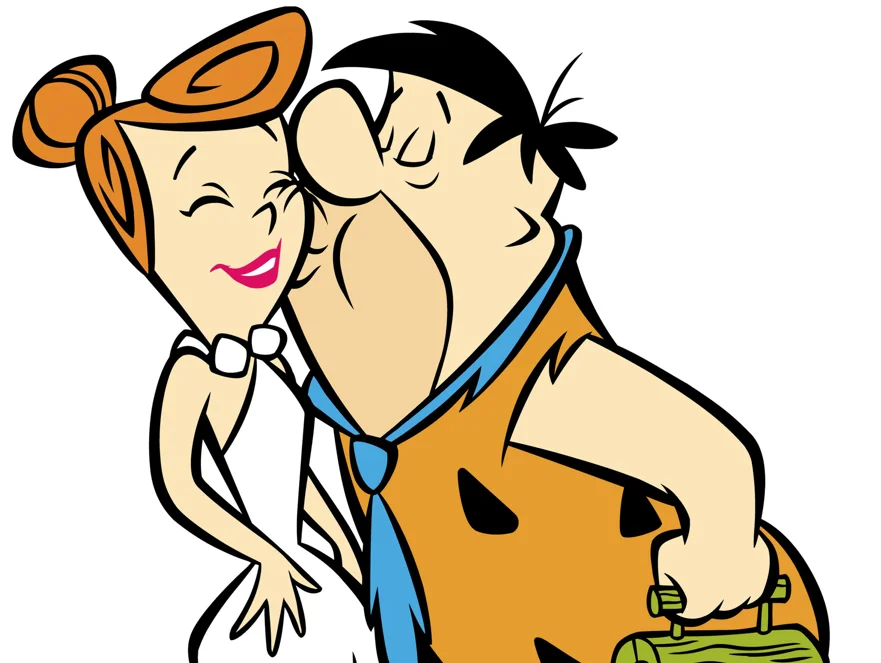
Believe it or not, Fred and Barney once puffed away on cigarettes in a TV spot. It was the early ’70s hangover from the ’60s when cartoon characters were still being used to sell grown-up products. Seeing the beloved Flintstones lighting up and talking about the smooth flavor feels downright surreal today. Kids who adored the show might have been watching these ads right after tuning in to their favorite episodes.
Of course, a cartoon family selling cigarettes would never pass modern advertising rules. Today we understand just how impressionable children are and how dangerous smoking is, so this commercial feels shocking. At the time, though, it was just another way tobacco companies pushed their products. Now, it stands as a reminder of how far we’ve come in protecting younger audiences.
2. Kool-Aid & Sugar Hype
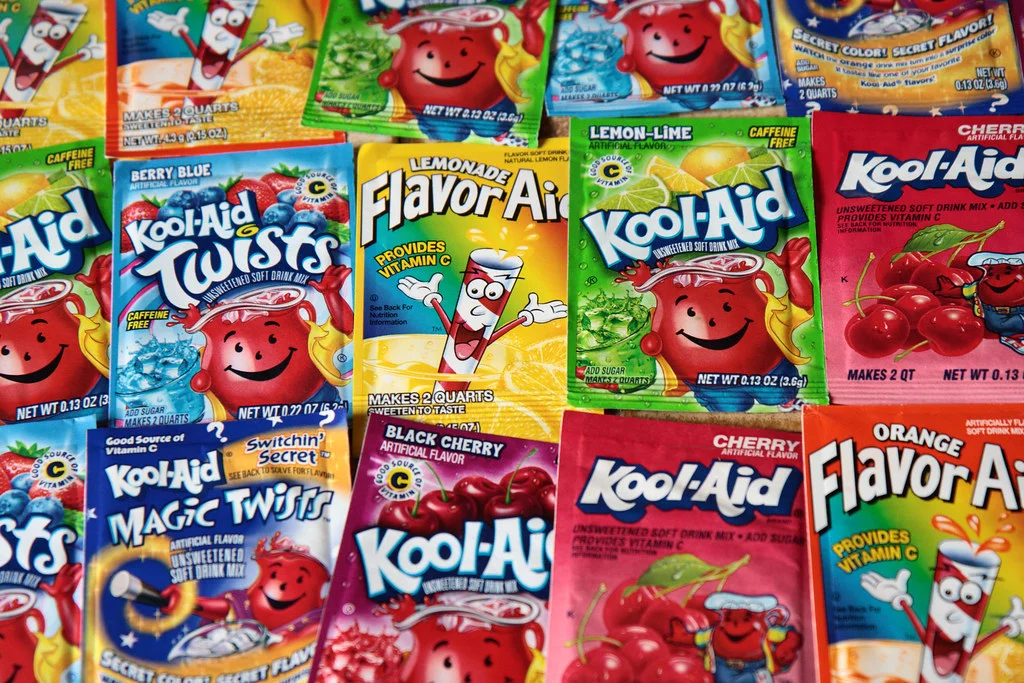
In the ’70s, Kool-Aid commercials leaned hard into kids gulping down glass after glass. The Kool-Aid Man would smash through walls with his famous “Oh Yeah!” and every kid on screen was practically bouncing off the ceiling. The energy wasn’t from excitement alone, though—it was from cups loaded with sugar.
Parents today are much more aware of the dangers of sugar and artificial dyes. Watching these commercials now feels like an advertisement for a sugar rush followed by a meltdown. While the mascot is still around, the older commercials didn’t try to downplay how much sugar went into every pitcher. It’s safe to say that kind of carefree selling would get called out in a heartbeat now.
3. Ajax “White Knight” Cleaner
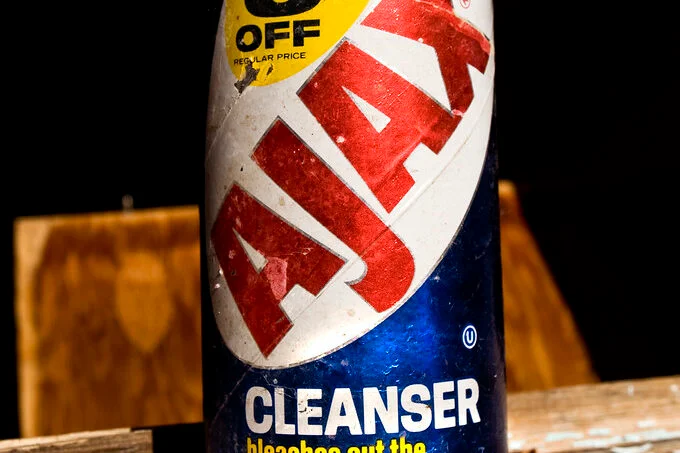
Ajax ads in the early ’70s featured a strange “White Knight” who would gallop around spraying cleaning powder. He’d swoop in to save housewives from dingy sinks and dirty tubs, acting like a hero in shining armor. The entire setup played off old-fashioned gender roles, showing women helpless until the product—and the knight—came along.
In today’s world, the ad feels more insulting than charming. Women don’t need rescuing from household chores, and advertisers know better than to sell cleaning products this way. The knight’s appearance was supposed to be whimsical, but it reads as patronizing now. It’s one of those commercials that shows how much marketing has evolved.
4. McDonald’s “McDonaldland” Characters

McDonald’s once had a colorful cast of characters like Mayor McCheese, Grimace, and the Hamburglar. The commercials were psychedelic, filled with trippy sets and odd costumes that were a little unsettling if you look back now. Kids loved them, but adults sometimes found the whole thing more creepy than fun.
Today, some of those commercials might even be considered too strange or scary for younger viewers. The bright sets, surreal music, and wild costumes feel more like a fever dream than a family-friendly pitch. It’s a nostalgic memory for many, but modern advertising tends to tone down the bizarre. Those early McDonaldland ads are a relic of a very different era.
5. Jell-O Diet Ads
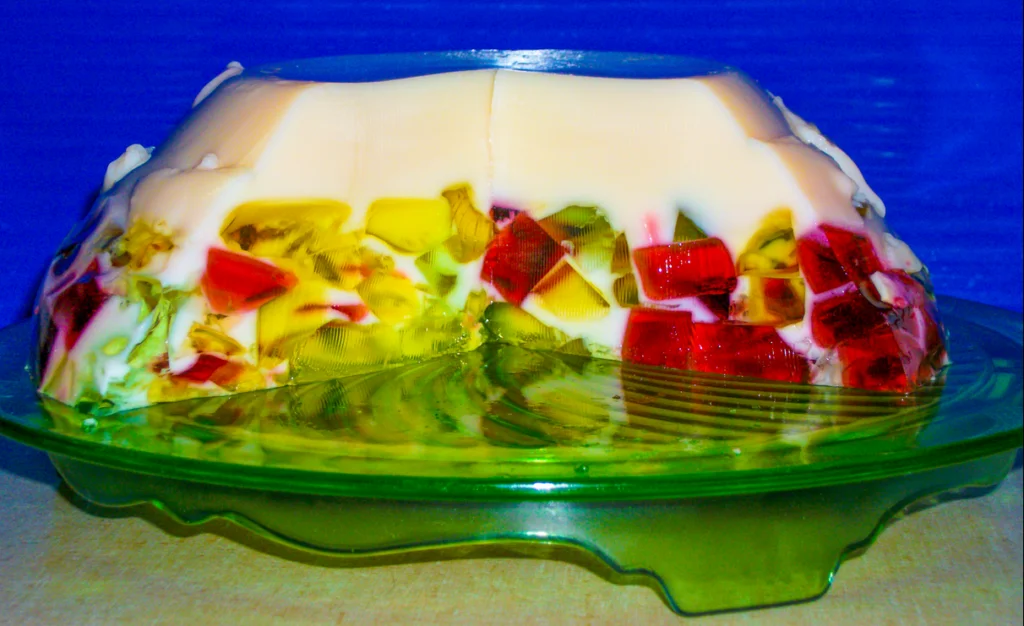
In the ’70s, Jell-O ran commercials advertising their products as the perfect treat for women watching their weight. They often featured thin women happily eating gelatin while talking about calories and dieting. The message was clear: if you wanted to be attractive, you had to keep slim, and Jell-O was your friend.
That kind of body-shaming pitch would never air today. Diet culture has been widely criticized for pushing unrealistic beauty standards, especially on women. While sugar-free snacks are still marketed, the tone has shifted away from openly telling women they need to diet. These Jell-O ads are a reminder of how unforgiving advertising once was.
6. Shake ’N Bake’s Southern Stereotypes
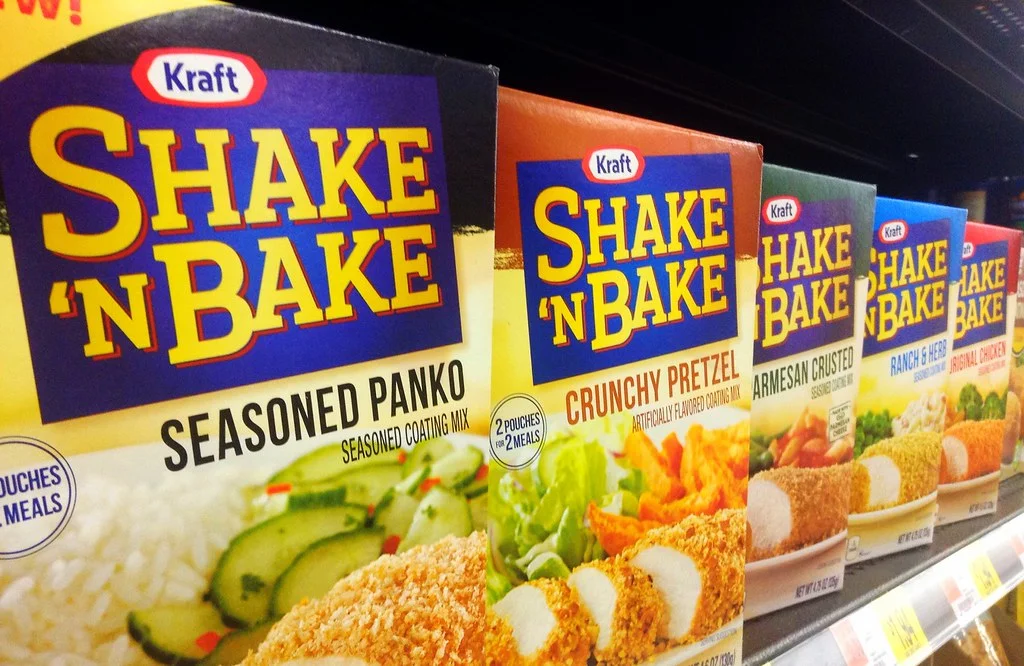
Shake ’N Bake commercials often leaned into exaggerated Southern accents and old-fashioned family stereotypes. Kids would proudly say, “And I helped!” while their moms made dinner using the product. The ads reinforced outdated ideas of who belonged in the kitchen and how families should look.
Modern viewers would find those accents and stereotypes cringe-worthy. It feels cartoonish and dismissive of real Southern culture, not to mention limiting in how it portrays families. Cooking ads today try to be more inclusive and focus on convenience without pushing stereotypes. The ’70s version is a snapshot of how humor once crossed lines that wouldn’t fly now.
7. Hai Karate Aftershave
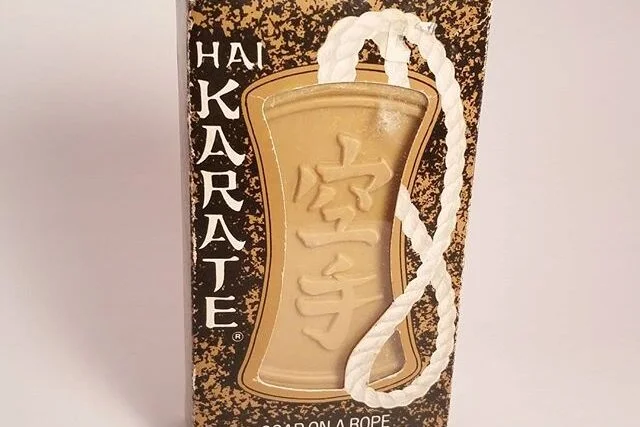
Hai Karate was marketed as so irresistible that men wearing it had to “fight off” hordes of women. The commercials showed bumbling men being attacked with kisses, wrestling with women in public, and desperately trying to stay in control. It was supposed to be funny, but it leaned heavily on the idea of women as uncontrollable objects.
That kind of message would get pulled immediately today. Suggesting a fragrance turns women into wild, helpless pursuers crosses into uncomfortable territory. It also flips gender norms in a way that was meant to be humorous but feels outdated and sexist now. The brand became iconic in its time, but the ads have aged very poorly.
8. Ty-D-Bol Man in the Toilet
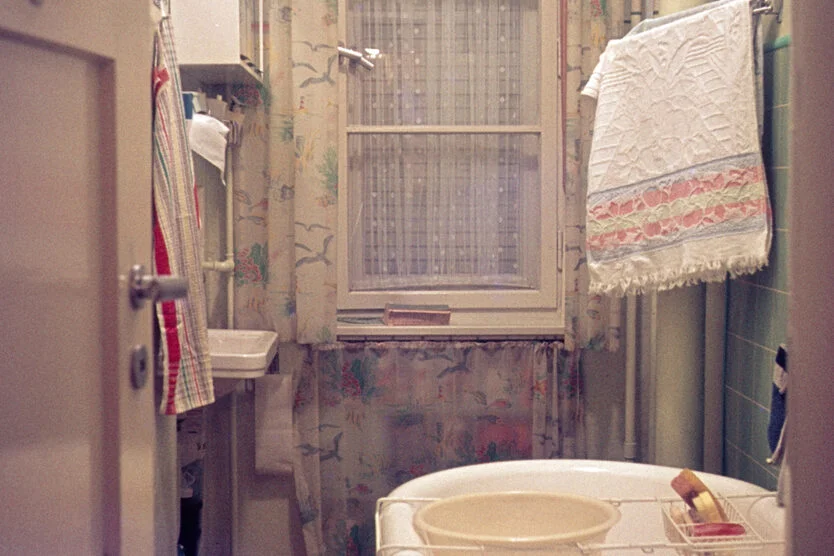
One of the strangest commercials of the ’70s featured the Ty-D-Bol Man—a tiny captain floating in a boat inside a toilet tank. He’d cheerfully advertise the cleaning power of the product while cruising around in the water. The visual of someone sailing inside your toilet tank was equal parts bizarre and unsettling.
While it became a pop culture reference, it’s not hard to see why something like this wouldn’t make it to air today. The mix of humor and toilet imagery feels a bit too gross-out for mainstream audiences now. It’s remembered as quirky, but it’s also a commercial that highlights how far creativity was willing to stretch back then. Today, companies are more cautious with how far they’ll go.
9. Budweiser “When You Say Bud”
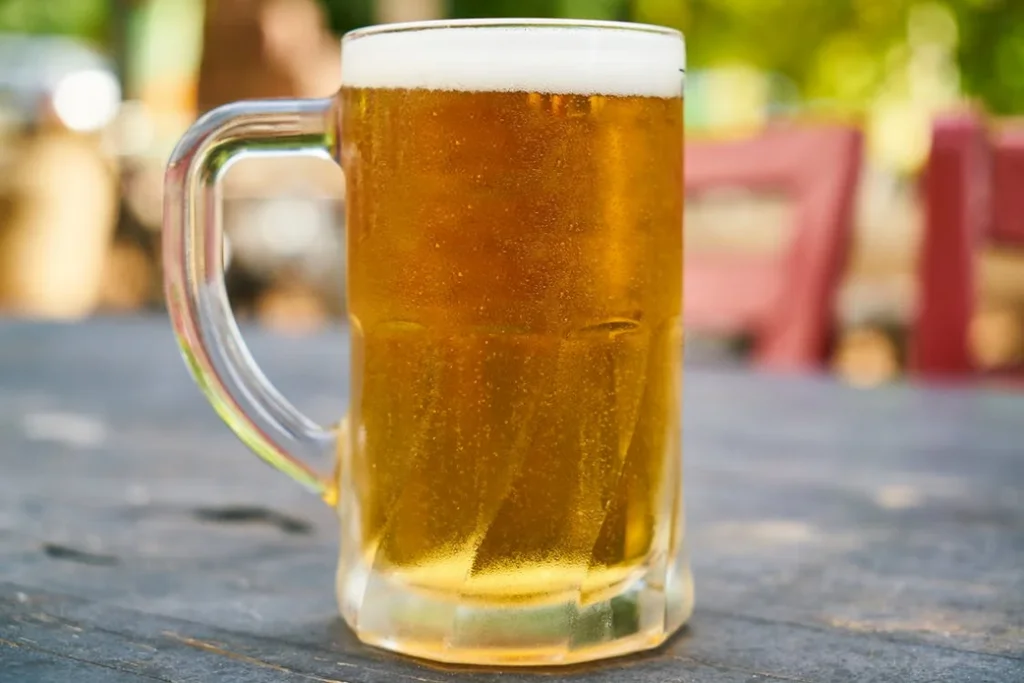
Beer ads in the ’70s often showed men gathering with friends, cracking open bottles, and making it seem like masculinity itself was tied to drinking Budweiser. One commercial had groups singing “When you say Bud, you’ve said it all” like it was a national anthem. The idea was that real men bonded over beer, and nothing else mattered.
Today, that kind of heavy-handed masculinity wouldn’t sit right. Beer ads still lean into camaraderie, but the old commercials feel outdated in their gender roles. They excluded women and made drinking seem like the ultimate measure of manhood. Looking back, it’s easy to see why those spots are more laughable than persuasive now.
10. Pepsi “Come Alive” Campaign
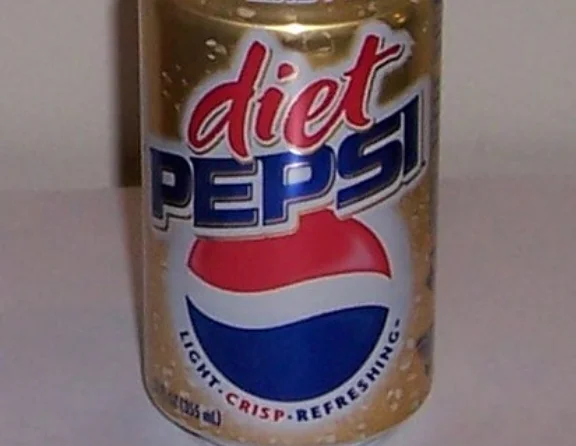
Pepsi once ran an ad promising it could make you “come alive” with the new generation. The upbeat campaign used vibrant music and flashy editing to drive home the idea that Pepsi was more than a drink—it was a lifestyle. It worked at the time, but it’s a slogan that caused confusion internationally, with some translations suggesting Pepsi could bring dead ancestors back to life.
Besides the awkward translation, the whole “soft drink as a life-changing miracle” feels too exaggerated today. Modern ads lean more into humor, experiences, or flavor rather than claiming to transform your entire existence. Watching it now, it feels like an over-the-top pitch that’s more entertaining than believable. It’s a classic example of how slogans can sometimes backfire.
11. Alka-Seltzer “I Can’t Believe I Ate the Whole Thing”
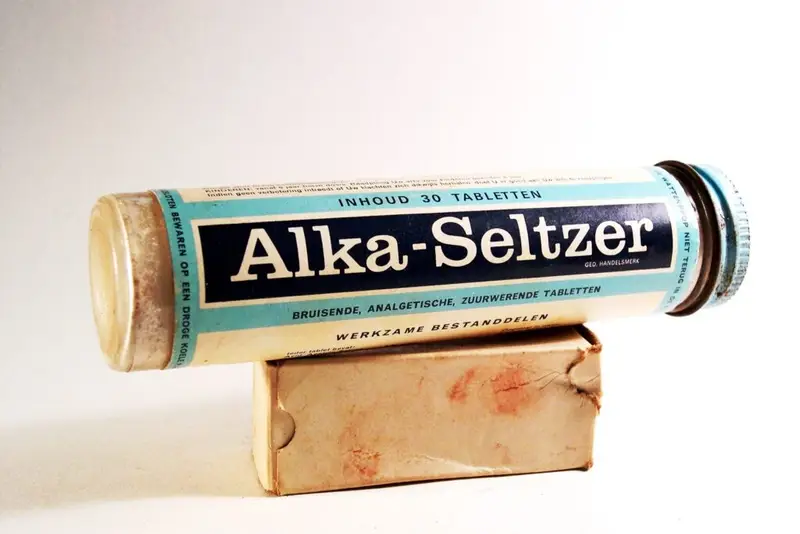
This famous ad showed a man groaning after overeating, with his wife scolding him. He repeats the line “I can’t believe I ate the whole thing” while reaching for relief from Alka-Seltzer. It was catchy and funny, but it leaned heavily into the stereotype of the nagging wife and helpless husband.
While the catchphrase stuck, the gender dynamics wouldn’t fly today. Ads are more cautious about portraying women as nags or men as bumbling fools. It’s remembered as a classic line from commercial history, but the setup feels dated now. It’s another reminder of how humor has shifted over the years.
12. Dingo Boots
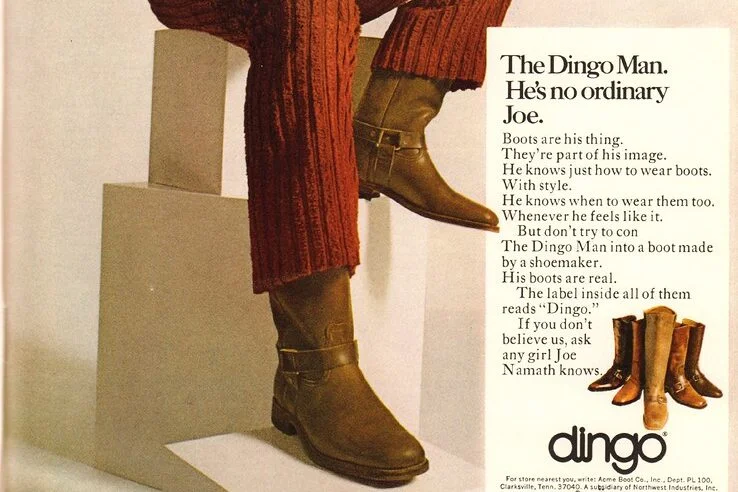
In the ’70s, Dingo Boots commercials often showed cowboys swaggering through town while women swooned. The ads sold the boots as a symbol of toughness, masculinity, and even sexual power. Men weren’t just buying footwear—they were buying into an image of dominance and cool.
That kind of message would be viewed as overly macho and exclusionary today. Fashion ads now highlight diversity and individual expression, not just a single idea of what it means to be attractive. While the boots themselves are still around, the commercials are a time capsule of when advertising sold more fantasy than reality. They’re fun to look back on, but they’d never make the cut in the modern world.
13. Schlitz Beer “Go for the Gusto”
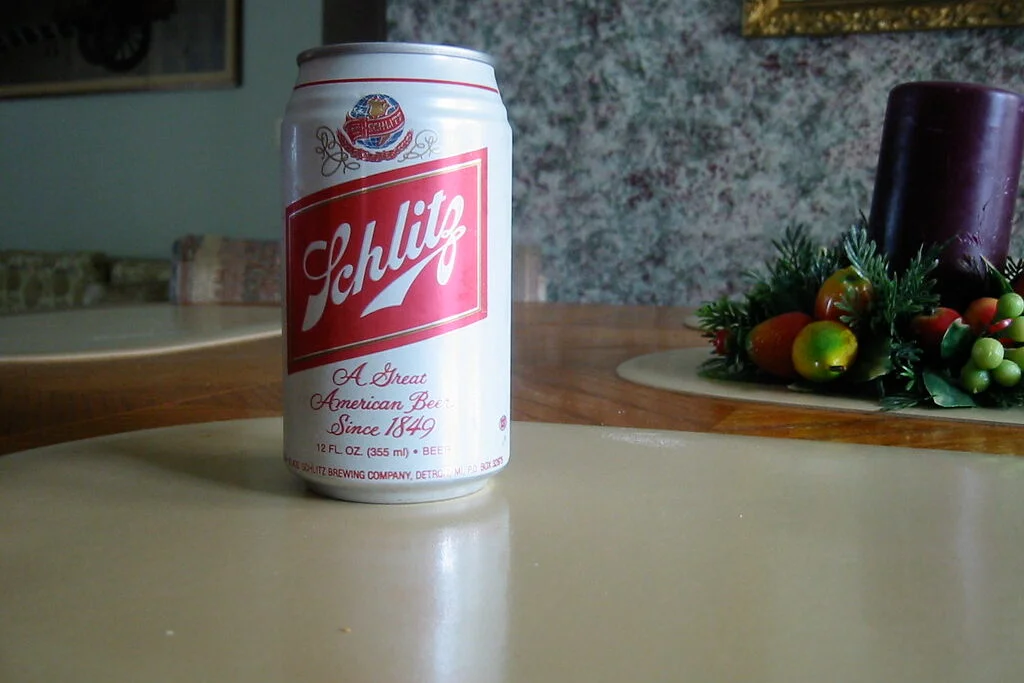
Schlitz was one of the biggest beer brands in the ’70s, and its commercials often featured rugged men conquering the outdoors with a can in hand. The “Go for the Gusto” campaign told viewers that choosing Schlitz was a sign of boldness and manliness. The tone was dramatic, almost like a movie trailer, but it reinforced the idea that real men drank beer to prove themselves.
Today, that kind of chest-thumping advertising would feel outdated and exclusionary. Beer companies are more likely to highlight humor, friendship, or even moderation. The hard sell on masculinity feels clumsy now, and it leaves out a huge part of the audience. It’s a reminder of how gender roles shaped even something as simple as a beverage ad.
14. Calgon “Ancient Chinese Secret”
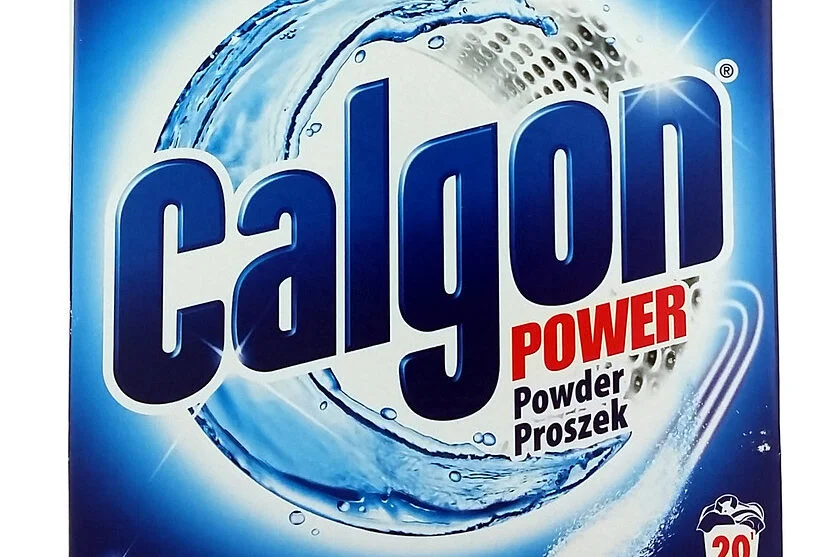
One of the most infamous commercials of the ’70s was for Calgon laundry detergent. It featured a Chinese American couple running a dry-cleaning business, with the husband winking and telling a customer their cleaning power came from an “Ancient Chinese Secret.” The ad leaned heavily on stereotypes that would never be considered acceptable today.
Back then, it was meant to be playful, but modern audiences recognize how offensive it was. It reduced an entire culture to a punchline for selling soap. Advertising has shifted toward avoiding ethnic caricatures, and this commercial stands out as a glaring example of what not to do. It’s cringeworthy now, though it’s still remembered as one of the more controversial campaigns of the era.
15. Nestlé Quik’s “Bunny” Energy Frenzy
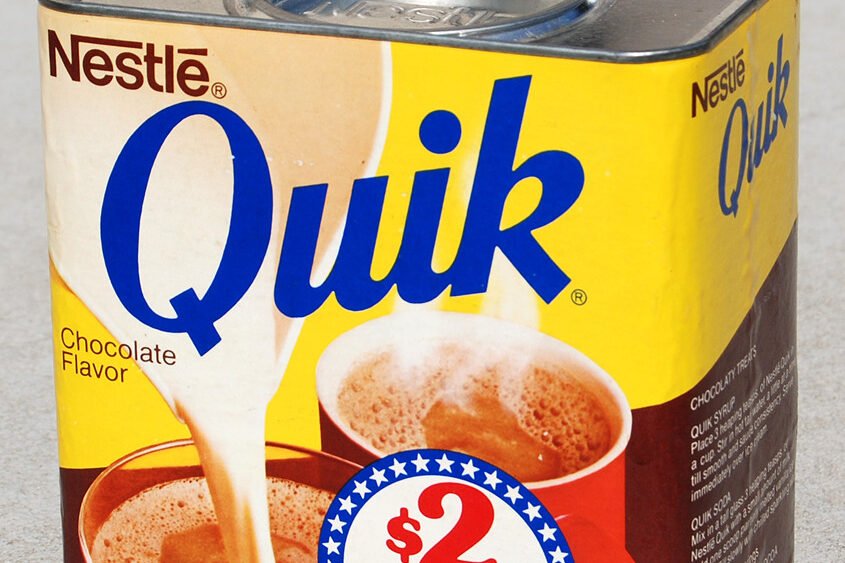
In the ’70s, Nestlé Quik commercials often showed the Quik Bunny zipping around after drinking chocolate milk. The spots leaned into the idea that sugar equaled instant energy, encouraging kids to guzzle more. The ads never mentioned nutrition, just the thrill of bouncing off the walls with a chocolate mustache.
Today, with so much awareness about childhood obesity and sugar intake, commercials like this would be criticized. Parents are far more cautious about ads that glamorize excessive sugar consumption. While the Quik Bunny still appears in ads, the messaging has been toned down to focus more on fun and taste than on frenzied hyperactivity. It’s another case of a product that had to rethink its image.
16. Dr Pepper’s “Be a Pepper”
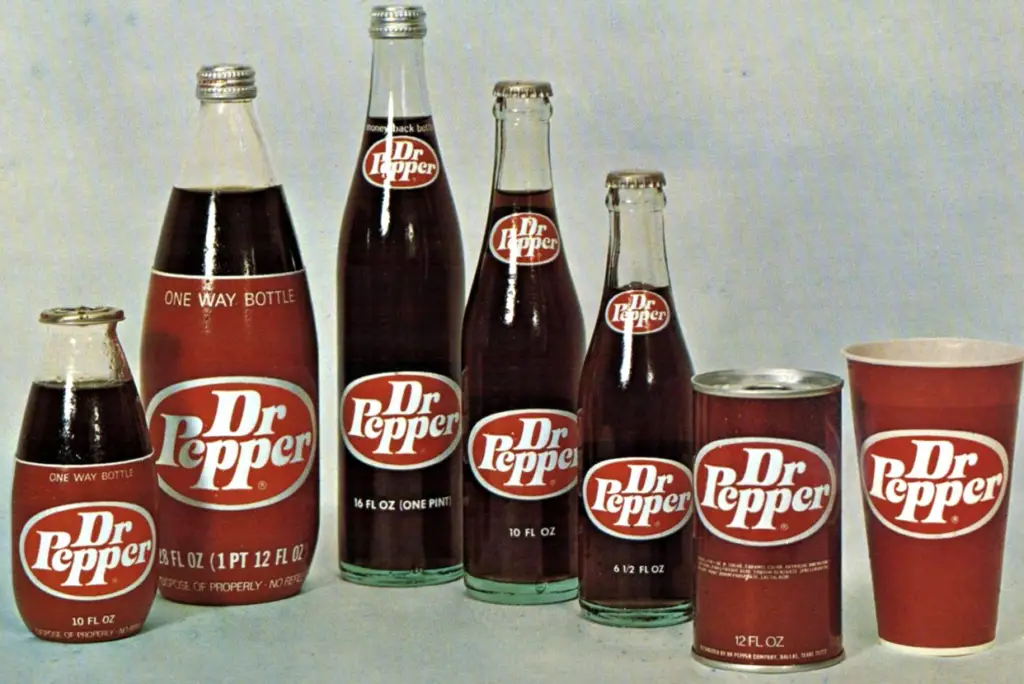
Dr Pepper had one of the catchiest campaigns of the ’70s, with cheerful crowds singing about being “a Pepper.” The ads suggested that drinking Dr Pepper made you part of a fun, vibrant group of individuals. It was colorful and upbeat, but it also leaned heavily into the idea that identity could be purchased in a can.
Modern ads might still tie products to lifestyle, but the tone of this campaign feels forced now. Viewers today are more skeptical of companies trying to sell belonging as a beverage perk. The jingle remains iconic, but the message that personality equals soda choice seems outdated. It’s a perfect example of how advertising once leaned on catchy tunes more than substance.
17. Tootsie Pop’s Endless Question

“Tootsie Pop” commercials from the ’70s featured the now-famous owl being asked, “How many licks does it take to get to the center?” The ad always ended with the owl crunching into the candy after just three licks, followed by the tagline. It was quirky, but it encouraged kids to chomp down on candy without worrying about dental health or sugar.
The ad’s charm has kept it alive in pop culture, but the carefree approach to candy feels dated today. Modern candy commercials tend to balance fun with some awareness of portion size or health. The owl’s impatience is still funny, but the blatant disregard for anything but sugar feels a bit over the top now. It’s one of those ads that’s more nostalgic than sensible.
18. Life Savers “A Part of Growing Up”
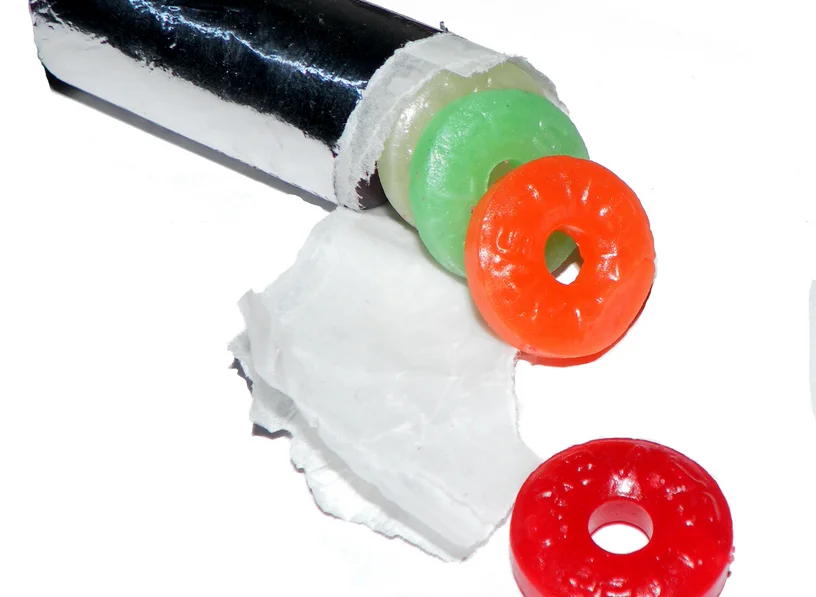
Life Savers commercials in the ’70s often showed sentimental moments between parents and kids sharing candy. The message was that Life Savers weren’t just sweets—they were a symbol of love and family bonding. It was touching, but it also blurred the line between emotional milestones and candy sales.
Today, advertisers would be more cautious about linking childhood growth with sugary treats. While heartwarming ads still exist, they’re usually centered on experiences rather than candy. Looking back, these commercials feel manipulative in how they tied emotions to a product. They remain memorable, but they highlight just how different advertising priorities were fifty years ago.


